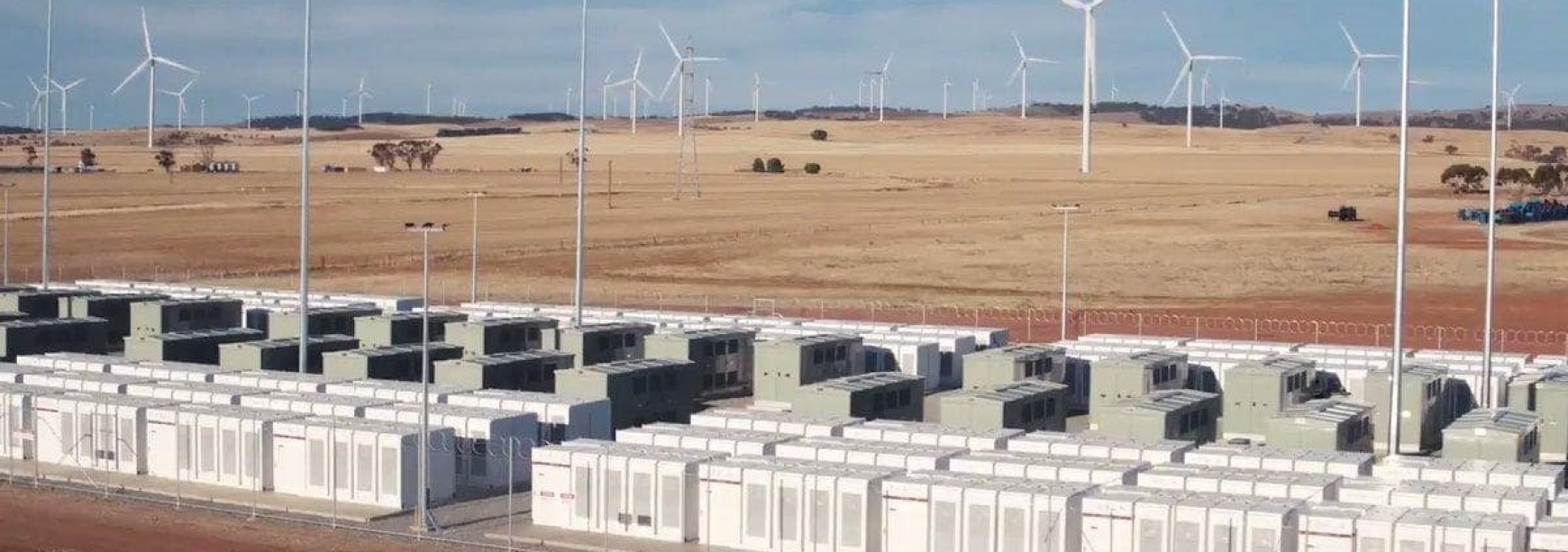It’s been just over six months since the world’s largest battery was installed in my home country, Australia, by Tesla. The lithium-ion battery has an installed capacity of 100MW/129MWh and is connected to the Neoen* Hornsdale Wind Farm in South Australia, consisting of 32 wind turbines. The battery has shown promising results, in both frequency response and generating income.
In the last week (11 June – 17 June 2018), the Hornsdale Power Reserve, the Tesla Battery, has discharged approximately 635MWh of electricity, generating AU$81,465 (£45,770) of income. (Source: opennem.org.au).

What about the UK then?
There are a number of ‘big battery’ projects throughout the UK. RWE Generation has begun planning to construct a 100MW battery at the former Tilbury B Power Station in Essex. The site, Tilbury Energy Centre, would include a potential 2,500MW Combined Cycle Gas Turbine (CCGT), however, this will depend on final environmental and market assessments.
Orsted UK confirmed in April 2018 that they will be installing a 20MW NEC Energy Solutions lithium-ion battery near Liverpool. Early indication is that it will store electricity directly from the grid and will be used by National Grid for frequency response testing and stabilising purposes.
So why are lithium-ion batteries becoming so popular?
Although there are a number of different ways of storing energy, for example, pumped hydro, lithium-ion batteries are able to provide stabilisation within the grid, charging when there is an oversupply of electricity and discharging when there is a shortage of electricity. Also, they are extremely fast at responding to stresses in the grid, the Tesla Battery can respond in approximately 0.14 seconds.
However, there are still a few issues regarding capital costs of lithium-ion batteries and the degradation of the internal materials. It is widely known that batteries will reduce in their capacity as they age, which brings us to an important question… What happens to these batteries after they can no longer efficiently operate to our requirements? In a world increasingly becoming aware of sustainability, finding an appropriate method of recycling and reusing these materials will need to be answered.
*Neoen is a renewable energy installer with solar, wind and biomass installations in 12 countries around the world.


